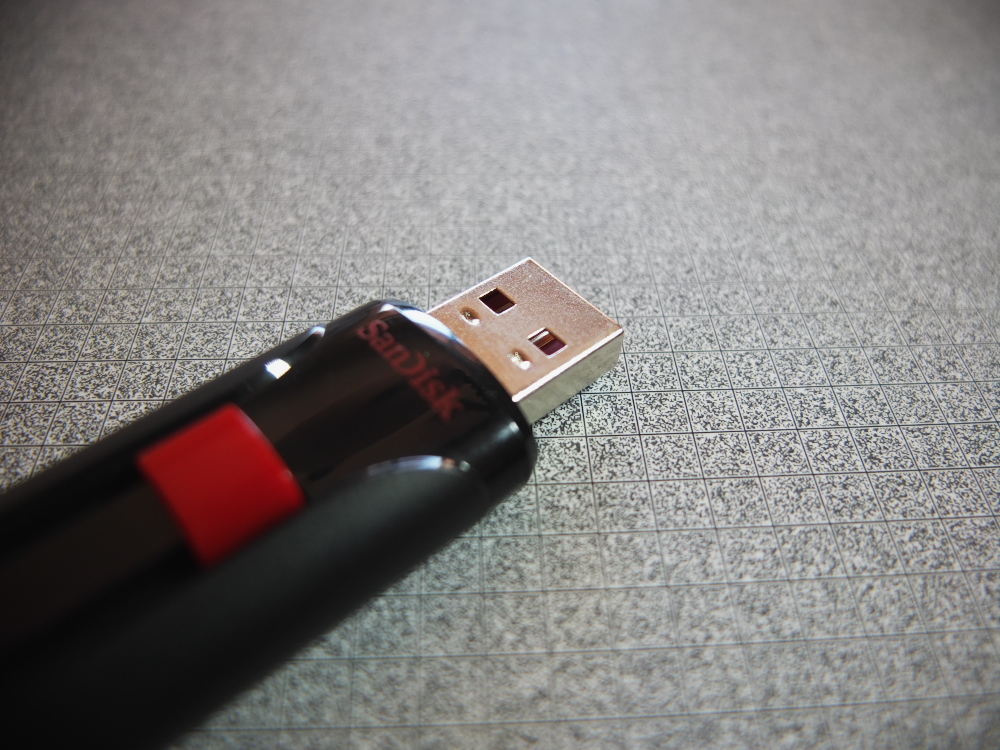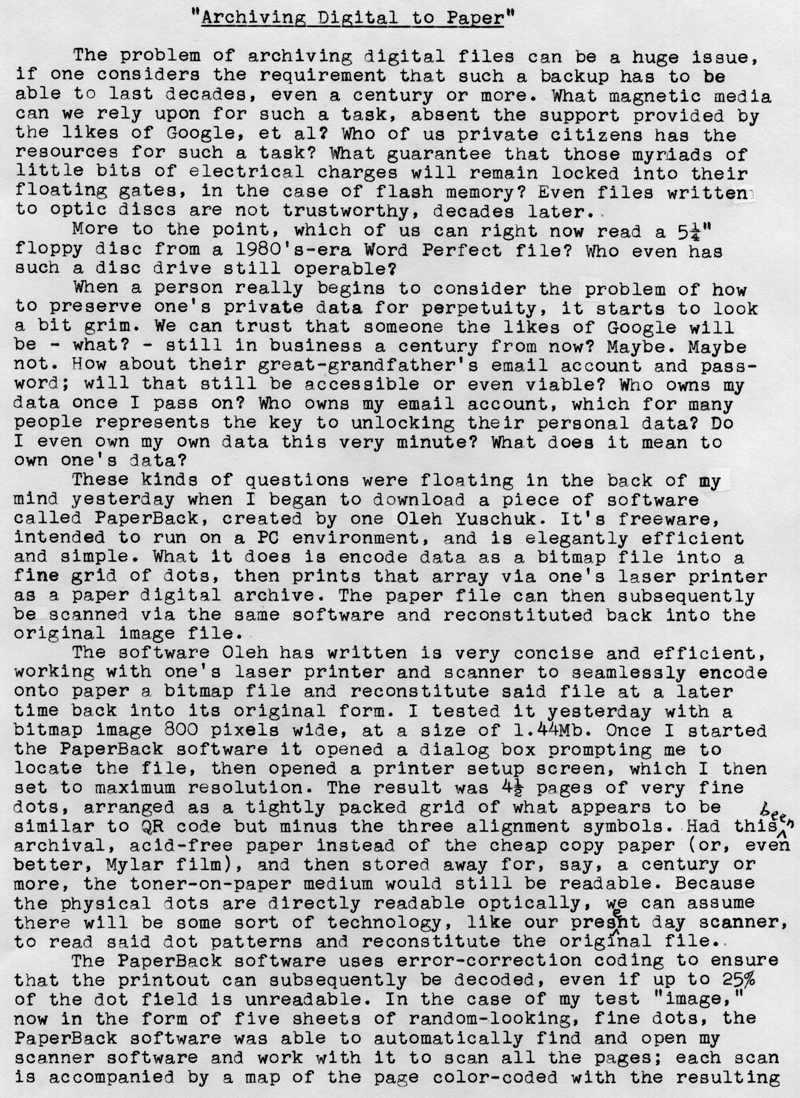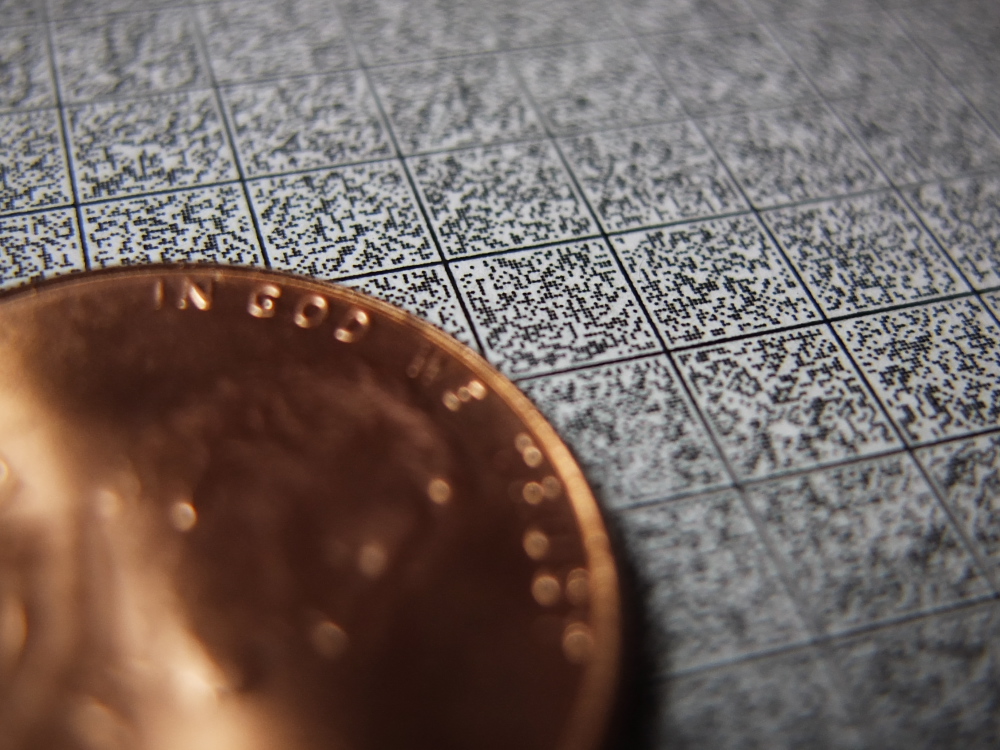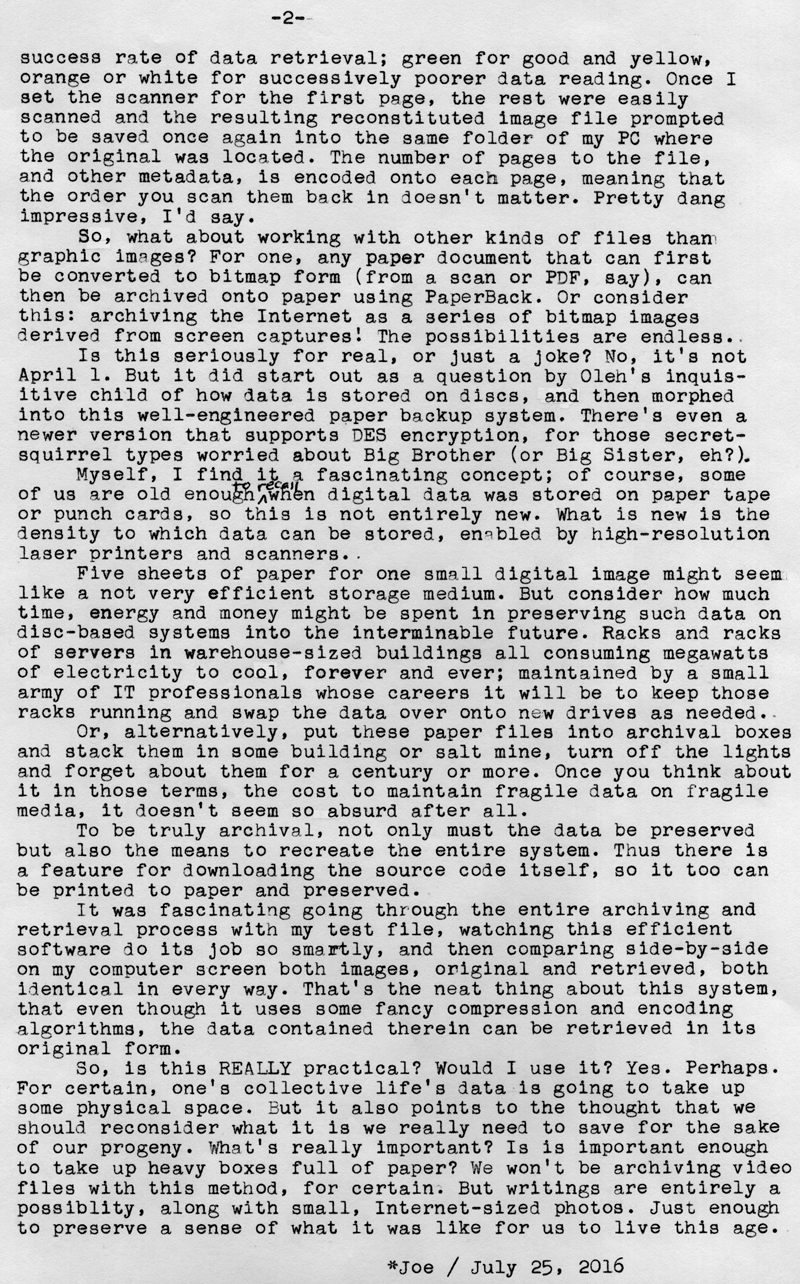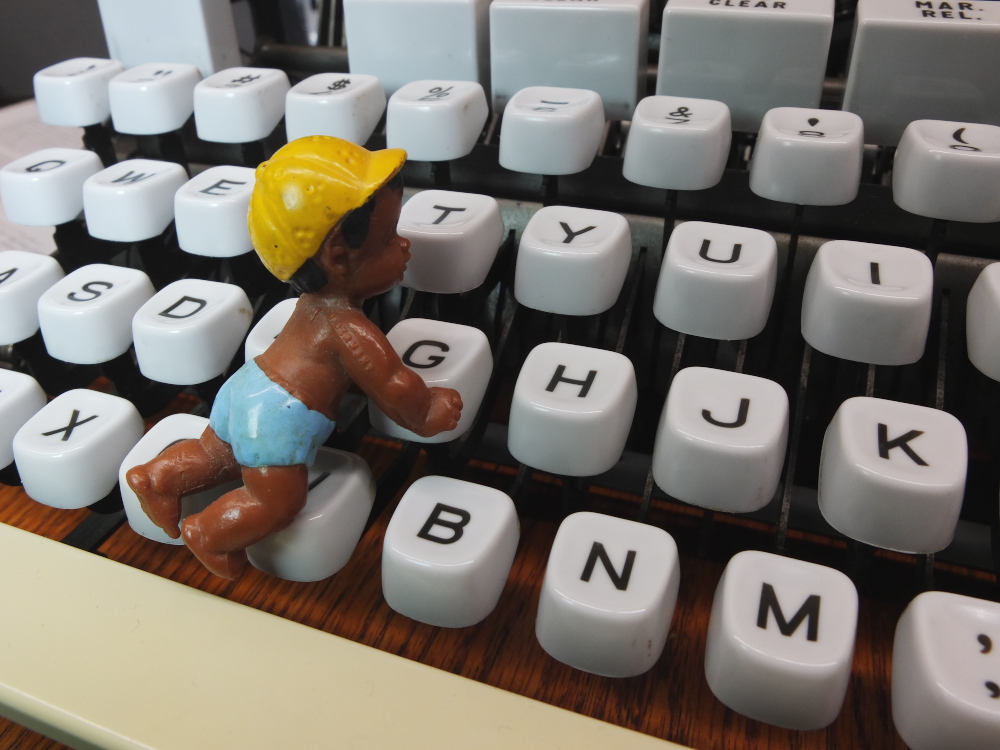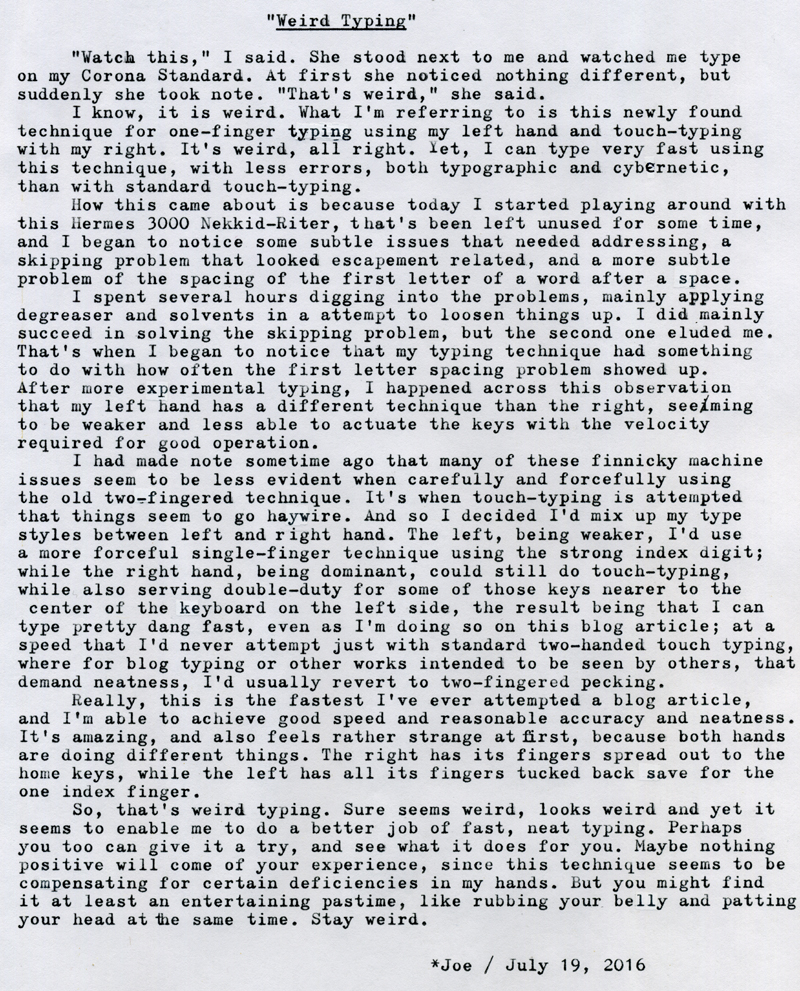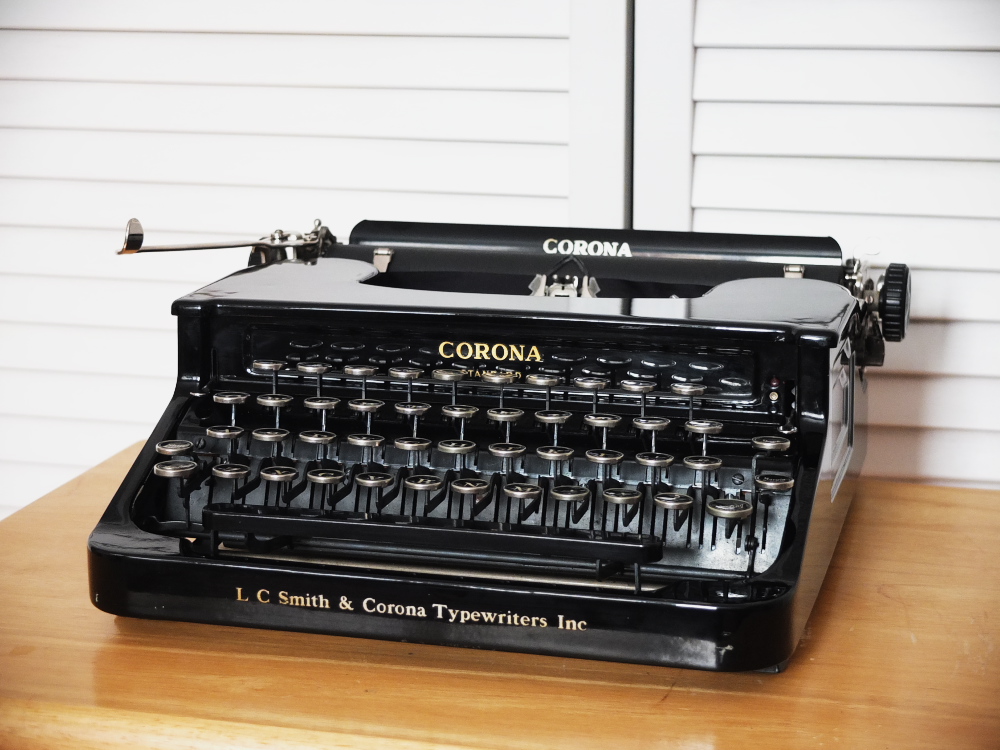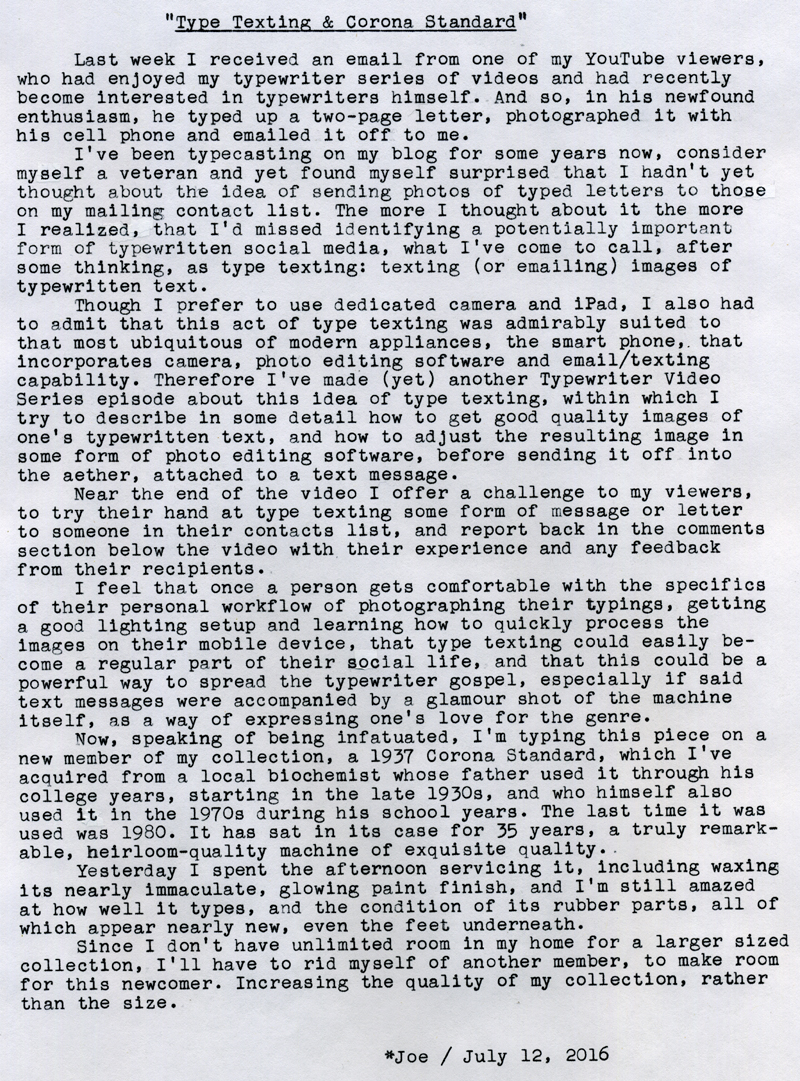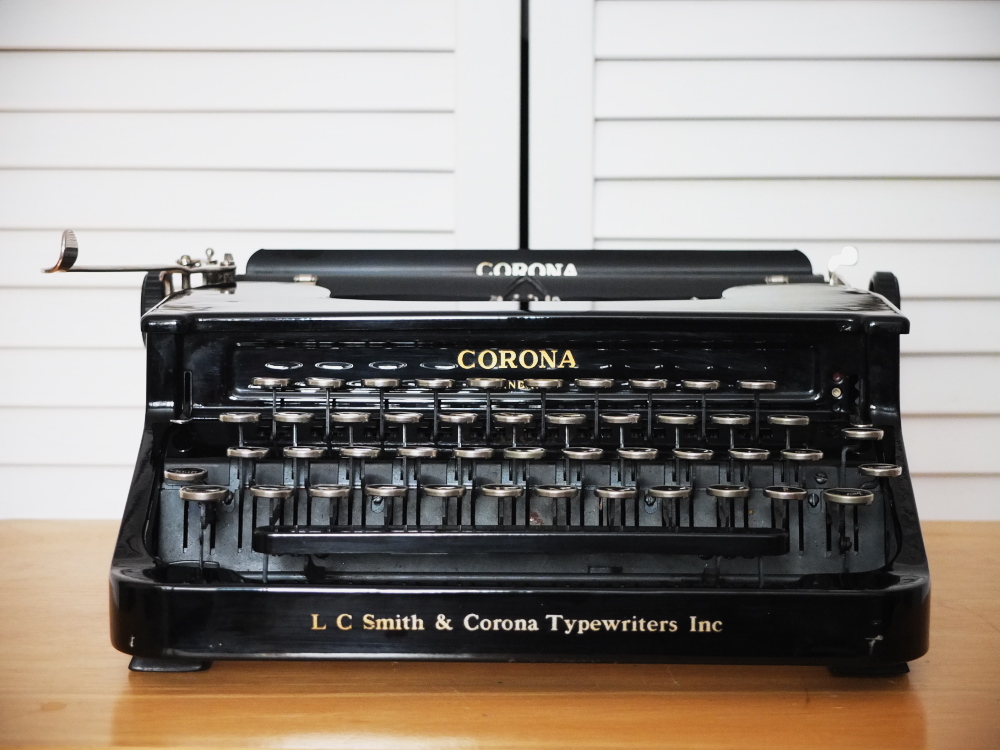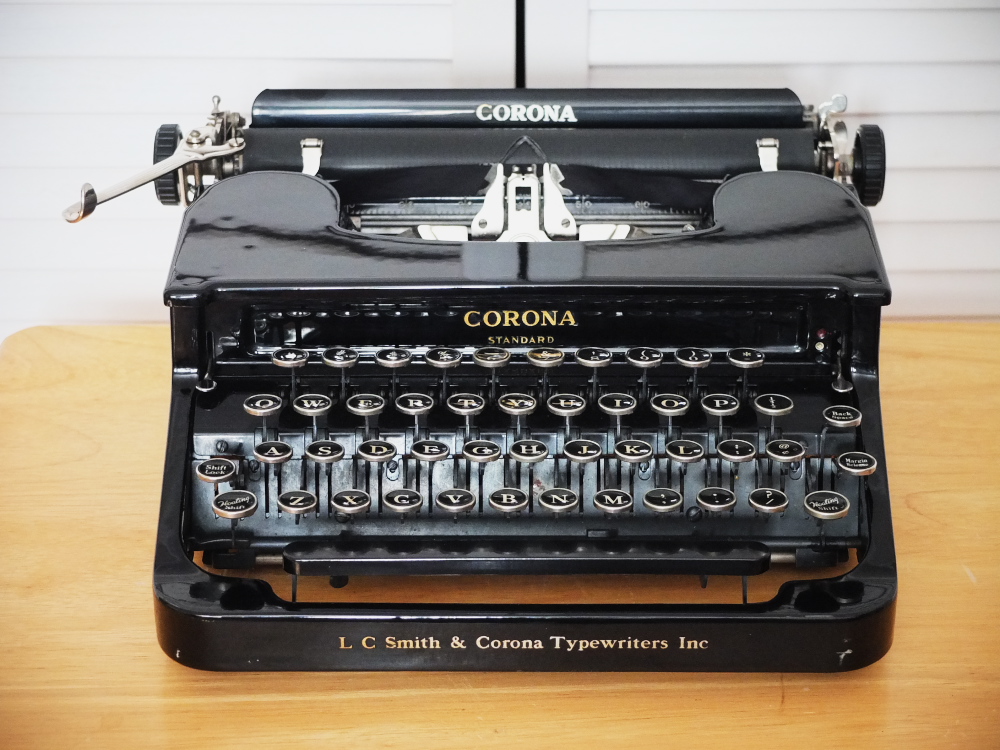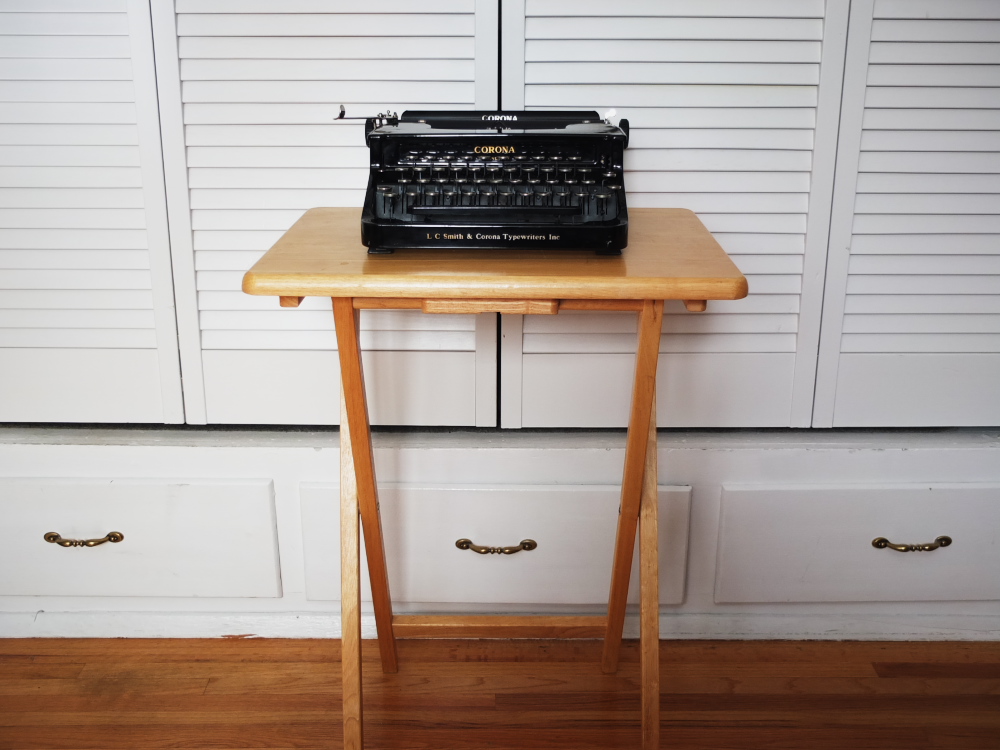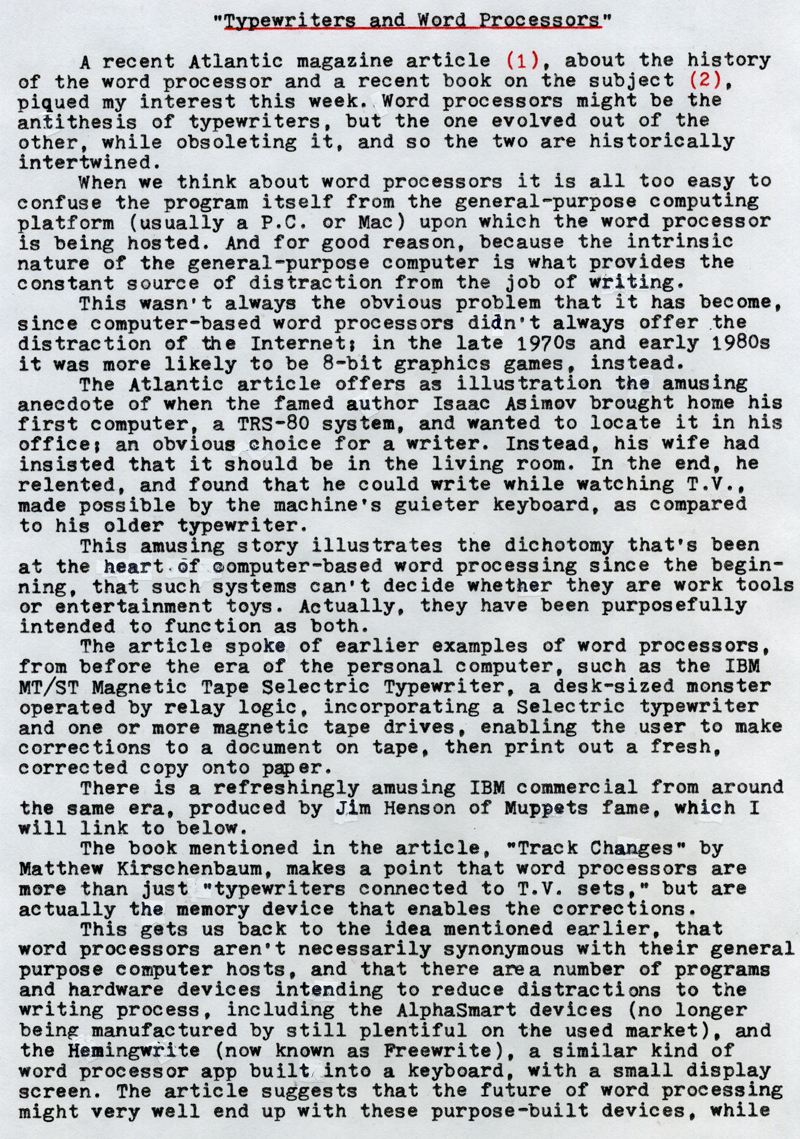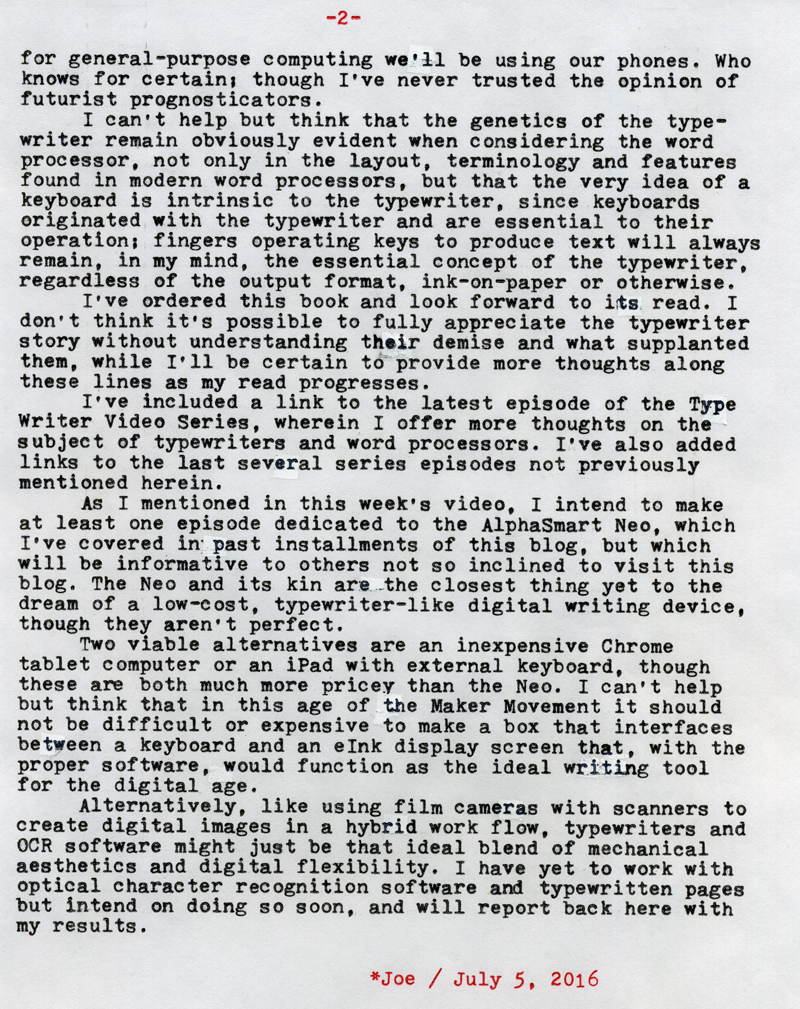VCRs and the Test of Time
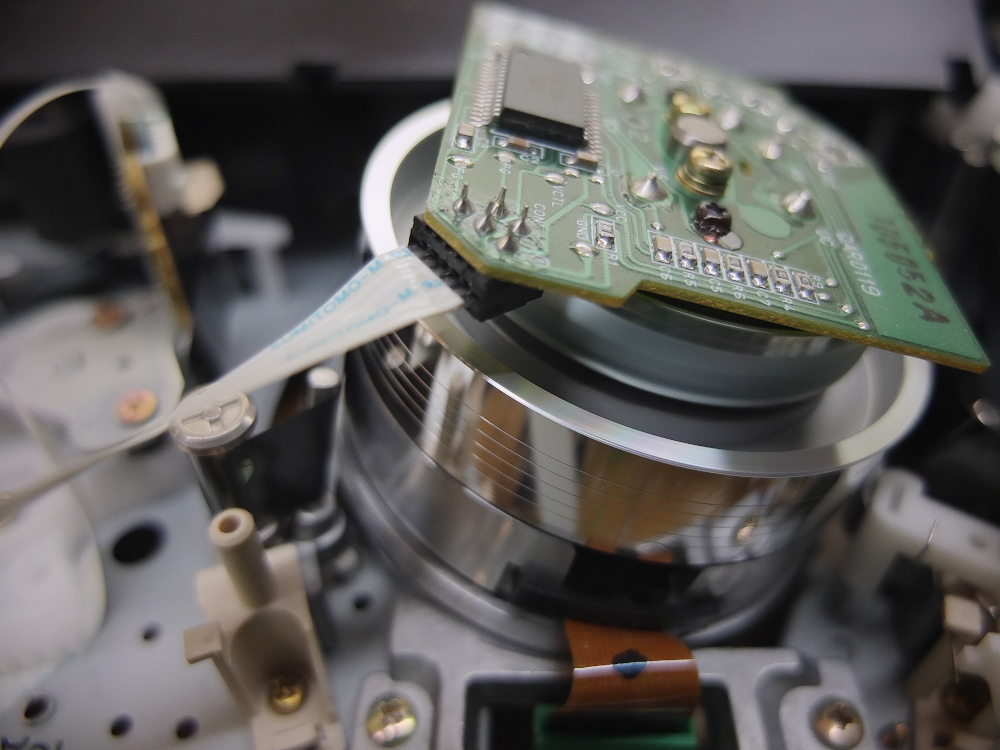
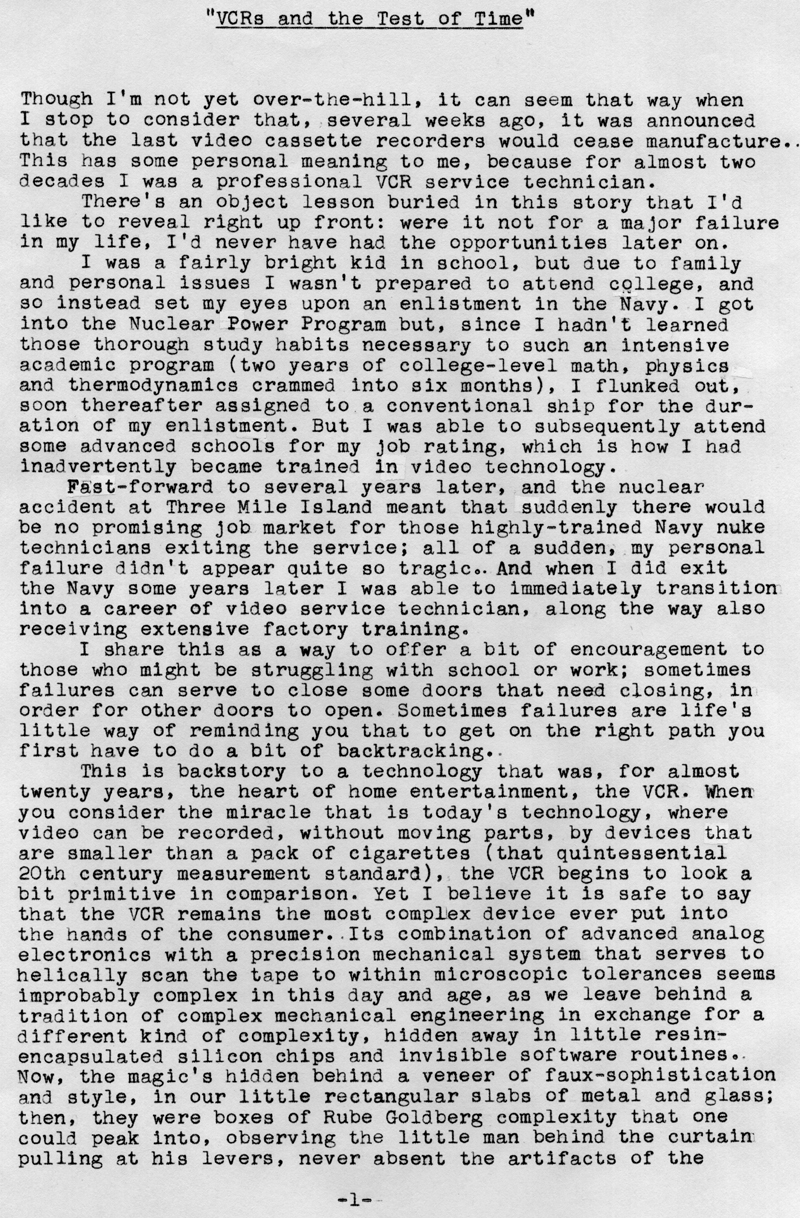
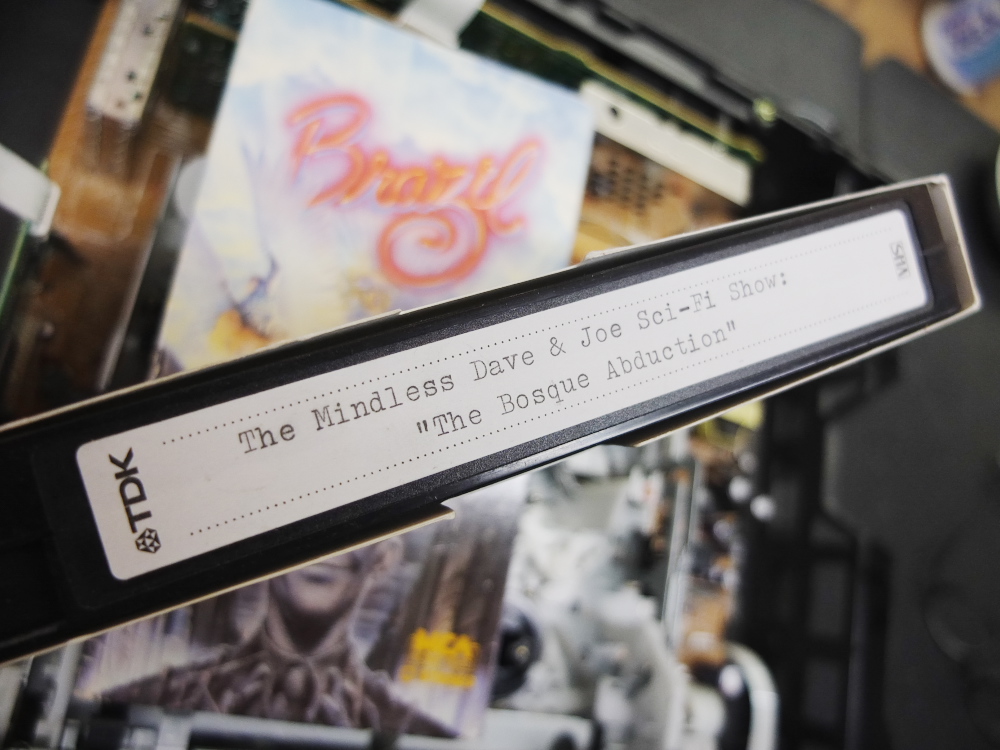
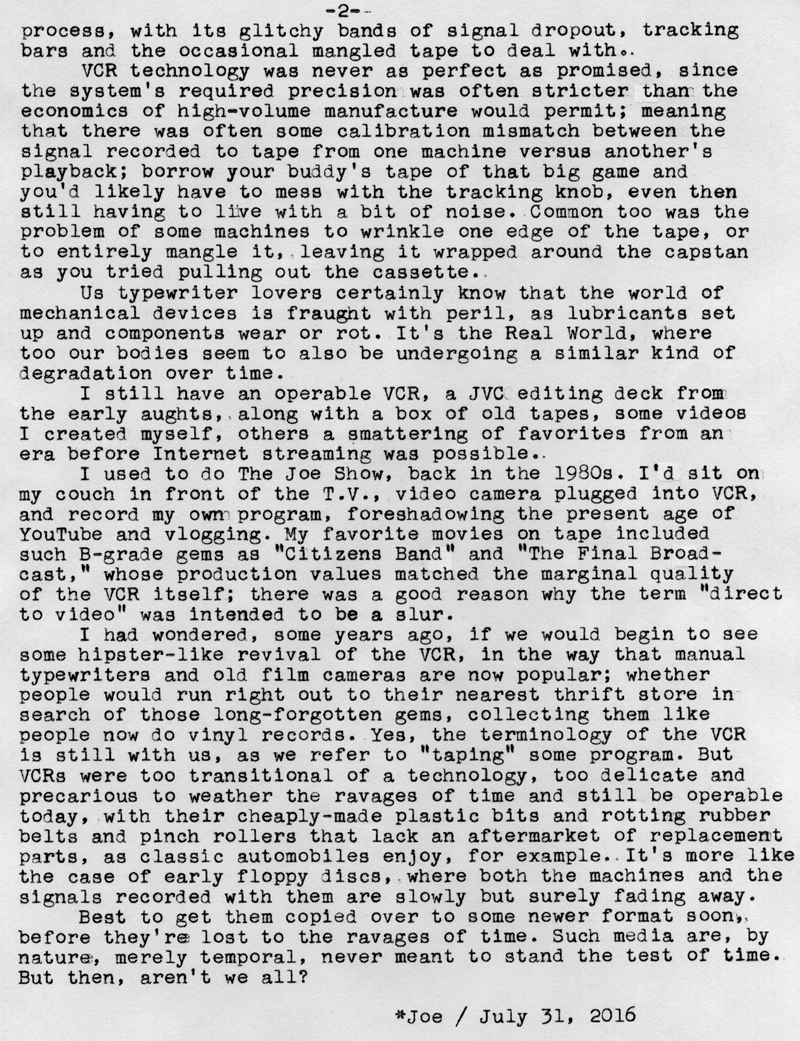
Post-Script: There was a time when I was engaged in video editing strictly using analog video equipment, editing Hi8 video footage onto S-VHS. It was a fun process because one had to learn to time the back-roll of the recording deck, in order to get an accurate edit. The audio production was a bit more challenging, since only the low-quality linear audio tracks could be dubbed. I learned to compensate by using a Tascam 4-track cassette-based mixer for the sound production, edited ahead of time and rolled into the production as the video edit was progressing.
These days, the simple method I employ of iMovie on the iPad is so much easier; but I do look back upon those former days with fondness, as we learned to work around the limitations of our equipment.
I made a number of experimental videos throughout the '90s and into the aughts. And made a short movie with a buddy, "Bosque Abduction," wherein I star as the bad guy. Lots of fun.
Regarding the two movies mentioned in this piece, here's a link to Citizens Band (also known as Handle with Care), and The Last Broadcast.
In the early days of VHS and Betamax, before copy guard technology, it was possible to get a good copy of a laser disc movie onto video tape. Also, many films released to laser disc were unavailable on tape, and so copying was commonplace. Not that I would ever think about doing such a dastardly deed, but in our contemporary setting of digital audio protected by the DMCA (Digital Millennium Copyright Act), the lawyers would be running around in circles at the thought of someone copying audio via analog means, which is pretty much impossible to protect against.
I still see piles of VHS movie tapes in thrift stores, but rarely if ever consider purchasing any. Mostly it's because the titles available are of little interest to me; but also because playing someone's used tape is kind of like unprotected sex; you don't know if the tape was badly mangled at some point, which could clog or even destroy your deck's video heads; or if grease or other debris is on the tape, again presenting a danger to your equipment. This is especially important these days when you consider the gear is irreplaceable and unrepairable.
Oh, and in case you were wondering: yes, Betamax was superior to VHS. So there.
Photos via Fujifilm X10. Typecast via Corona Standard.
Labels: Corona Standard, Fujifilm X10, Hi8, memories, S-VHS, VCR
